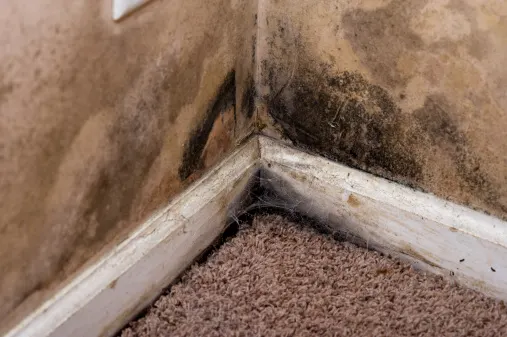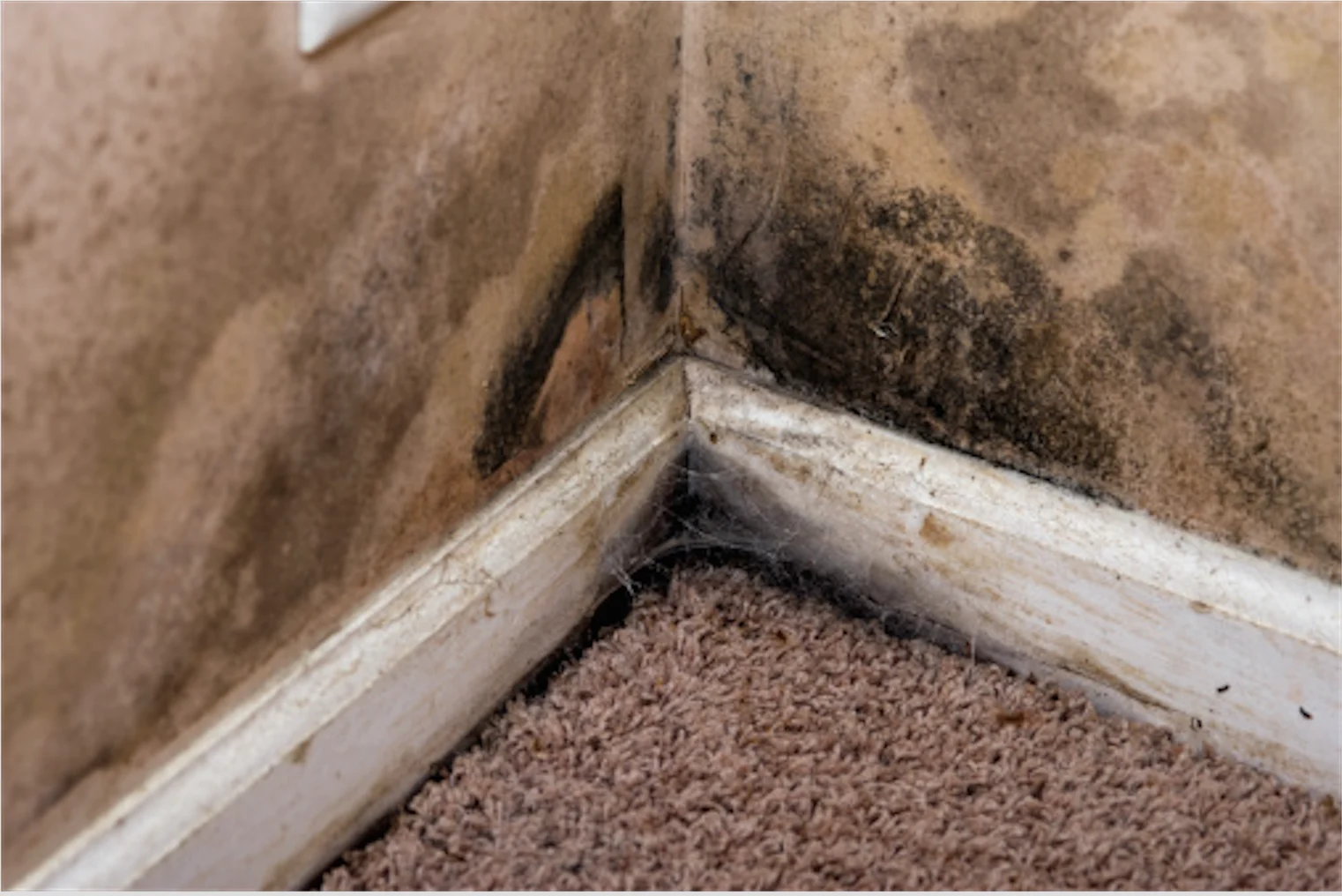
How can mould and mould allergies affect my health?
But beware, an unwanted guest may be arriving to your homes soon.

Image: Home interior black mould on basement wall (Courtesy: Getty Images)
Warm, humid weather is on the way – a welcome relief after the dry, bone-chilling winter. But beware, an unwanted guest may be arriving too.
Mould! It’s a frequent visitor in many homes, especially at this time of year, and although warm and all fuzzy, there’s nothing good about this house guest from hell.
"Normally, the main problem is the development of allergies. For example, research has shown the risk for allergies and other respiratory health problems in mould-infested areas can increase anywhere from 30 to 50 per cent," says Toronto microbiologist and researcher Jason Tetro.
That’s nothing to sneeze at. You can run but you can’t hide from mould spores – they’re everywhere. They sneak in through open doorways, windows, vents, and heating and air conditioning systems. Don’t look now but they’re on your clothing, and nestled in the fur of your dog, ready to make itself at home on a damp, cozy spot and never leave again.
Mould is linked to more than allergic reactions.
"The impact of moulds on health can be quite dramatic and long-lasting," says Tetro. “Unlike seasonal troubles, mould growing indoors can lead to a continuous struggle. There is even a name for people living and/or working in these contaminated environments: Sick building syndrome."
A Brown University study actually links a high presence of indoor mould to depression.
Mould is actually a generic term for a variety of different fungi. They can be found almost everywhere on Earth and have the ability to grow in damp conditions where the humidity is over 80 per cent, says Tetro.
"In most indoor places, the humidity is not high enough to allow mould growth but certain places, such as the bathroom, areas around sinks and leaks are perfect environments for these species to thrive."
Moulds produce a variety of chemicals known as volatile organic compounds. Some are harmless like geosmin, but others like musty-smelling octen-3-ol have potentially damaging effects to our cells.
"Then there are the mycotoxins - as the name implies, these chemicals can be detrimental to our health. Research has shown these molecules can interfere with the respiratory system, the nervous system, the skin, the digestive system and the immune system."
Once mould grabs ahold of an environment, it can be difficult to remove, says Tetro. Proper disinfection of the entire area, not just where the mould can be seen, is needed but this can be incredibly difficult.
"Usually, removal of the contaminated area is required. The best option is to keep an environment dry and to be on the lookout for that mouldy smell of geosmin or the musty smell of octen-3-ol in those more damp areas of the home."
Mould is a given in every home, no matter how spotless you keep it.
Check frequently for mould. It could be hiding behind bookshelves, in closets, bathroom corners and cracks in the walls. Anywhere water leakage occurs – think roof or wall leaks, pipes and even potted plants - mould comes calling. Feeding the mould monster are nutrients from carpets, drywall, upholstery, cardboard, paper, and wood of any kind.
Bleach is your best friend, particularly in the bathroom. It will kill fungi and keep the area fresh. A 10 per cent solution or a consumer disinfectant used every few weeks should keep the dampest surfaces clean.
Steam can be used for areas you can’t use bleach. The temperature will kill the living fungi and damage the spores.
If mould is inside the walls or air vents, you need to call a contractor. They are specially designed to deal with these problems and will effectively help to restore your home to a healthier state.
Tend to the relentless sneezing and sniffling by seeing a doctor and get a referral to an allergist.









